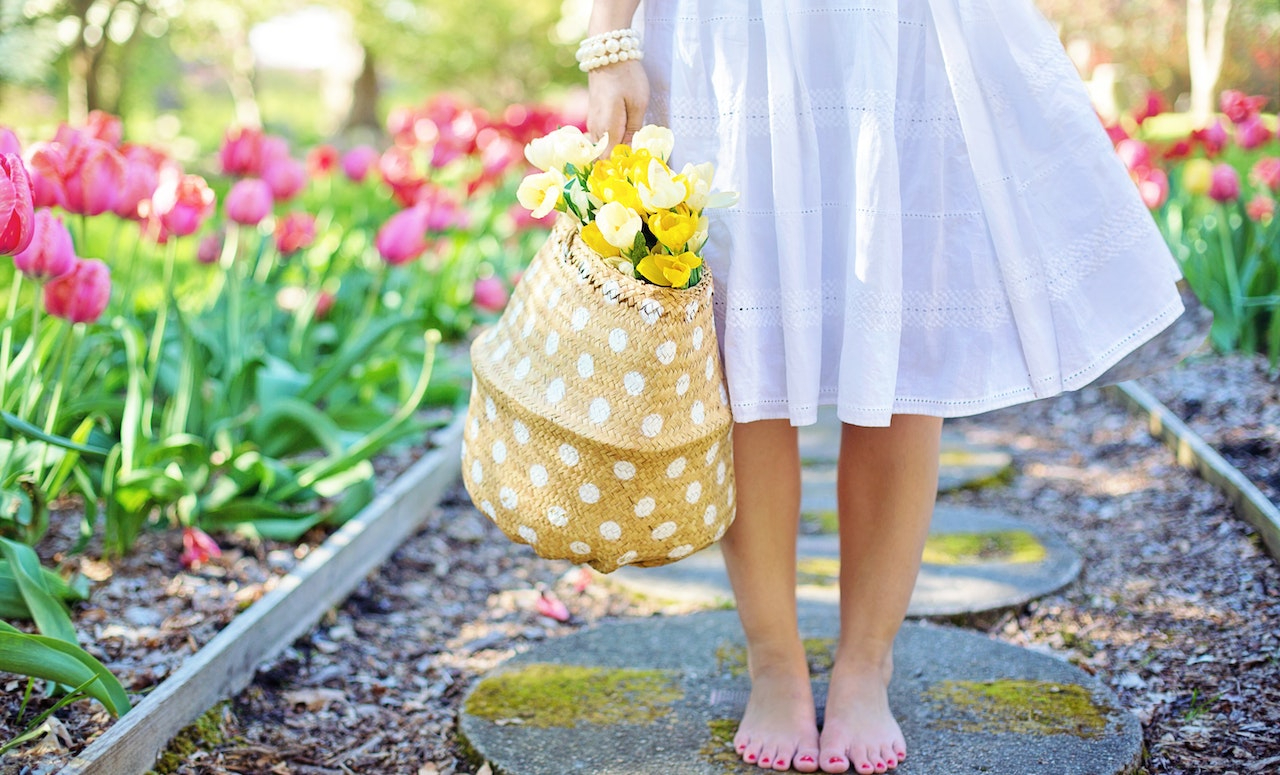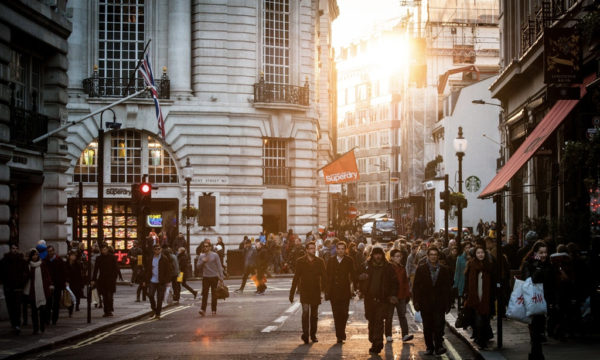Top garden design trends of 2023

In 2023, garden design has transcended beyond mere landscaping and has blossomed into a form of art that reflects personal style, sustainability and wellbeing. As people have spent more time at home, gardens have evolved into sanctuaries that offer comfort, beauty and functionality.
This year, garden design trends are as varied and dynamic as ever, blending traditional horticulture with innovative ideas.
Eco-friendly
Eco-friendly spaces have emerged as a prominent trend in 2023, reflecting a growing global commitment to sustainability. Eco-friendly gardens prioritise the use of native plants, which are naturally adapted to the local climate and require less water and maintenance. They often incorporate composting, rainwater harvesting and organic mulching – practices that enrich the soil without reliance on chemical fertilisers and pesticides.
These gardens also provide vital habitats for pollinators and other wildlife, creating a living, breathing ecosystem right in the backyard. This approach not only reduces the gardener’s carbon footprint but also fosters a deeper connection with the environment.
Minimalist and relaxing
Homeowners are increasingly leaning towards minimalism for their gardens this year, choosing porcelain patio tiles in neutral colours like white or grey, which are typically finished in a subtle matte. These choices offer an understated yet elegant aesthetic, reflecting the broader minimalist movement that is characterised by clean lines and simple geometric shapes making it one of the top patio tile trends for 2023.
Beyond the visual appeal, this trend is also about nurturing better mental health. By fostering a clean and uncluttered space, minimalism helps to reduce stress and promote a sense of peace and clarity, making the garden a true sanctuary for relaxation and mental rejuvenation.
Cottage gardens
The cottage garden, a cherished design that traditionally marries colourful flowers, vegetable plots and herb gardens, is evolving in response to modern gardening trends and ecological awareness. In 2023, there is a rise of a new, stylised cottage garden. This updated approach retains the charm of its roots – think vibrant blooms and clucking chickens – but with a 21st century twist.
Gardeners are increasingly diversifying planting zones, introducing nutrient-poor gravel areas alongside mixed beds, and opting to cultivate mini-meadows in addition to compost-rich vegetable plots. This modern take on the cottage garden design is not only visually stunning and personally uplifting, but it also thoughtfully enhances biodiversity, creating a welcoming environment for insects and wildlife alike.
Outdoor living rooms
Reflecting a growing desire for spaces that seamlessly blend comfort and functionality with nature, outdoor living rooms are becoming a prominent garden trend. These open-air havens are designed with cosy seating and weather-resistant furnishings, and often include amenities such as fire pits or outdoor kitchens, inviting people to socialise, dine, or simply unwind in the fresh air.
As homeowners increasingly value their outdoor spaces as extensions of their interior living areas, the appeal of outdoor living rooms is clear. They offer a unique way to savour a close connection with the natural environment while enjoying the comforts of a well designed, purposeful space.
Ponds and water features
Ponds and water features are also making a significant splash in garden design trends in 2023. Their surge in popularity can be attributed to the tranquil ambiance they create: the gentle sound of flowing water is universally calming and can transform a garden into a peaceful retreat. Beyond their aesthetic appeal, ponds and water features are also practical. They can act as a sustainable water source for plants and attract a diverse range of wildlife, from birds to beneficial insects.
In an increasingly urbanised and noisy world, water features offer a soothing, natural escape, turning gardens into serene sanctuaries that are as beneficial for mental wellbeing as they are for the environment.
The editorial unit
























Facebook
Twitter
Instagram
YouTube
RSS